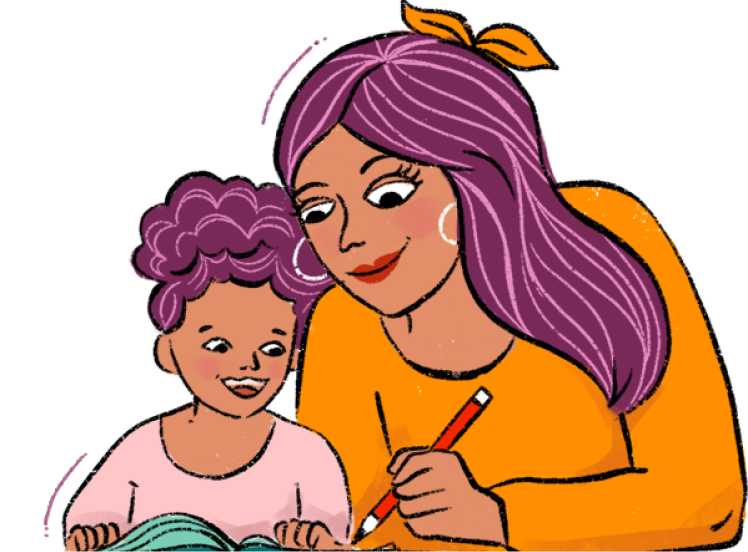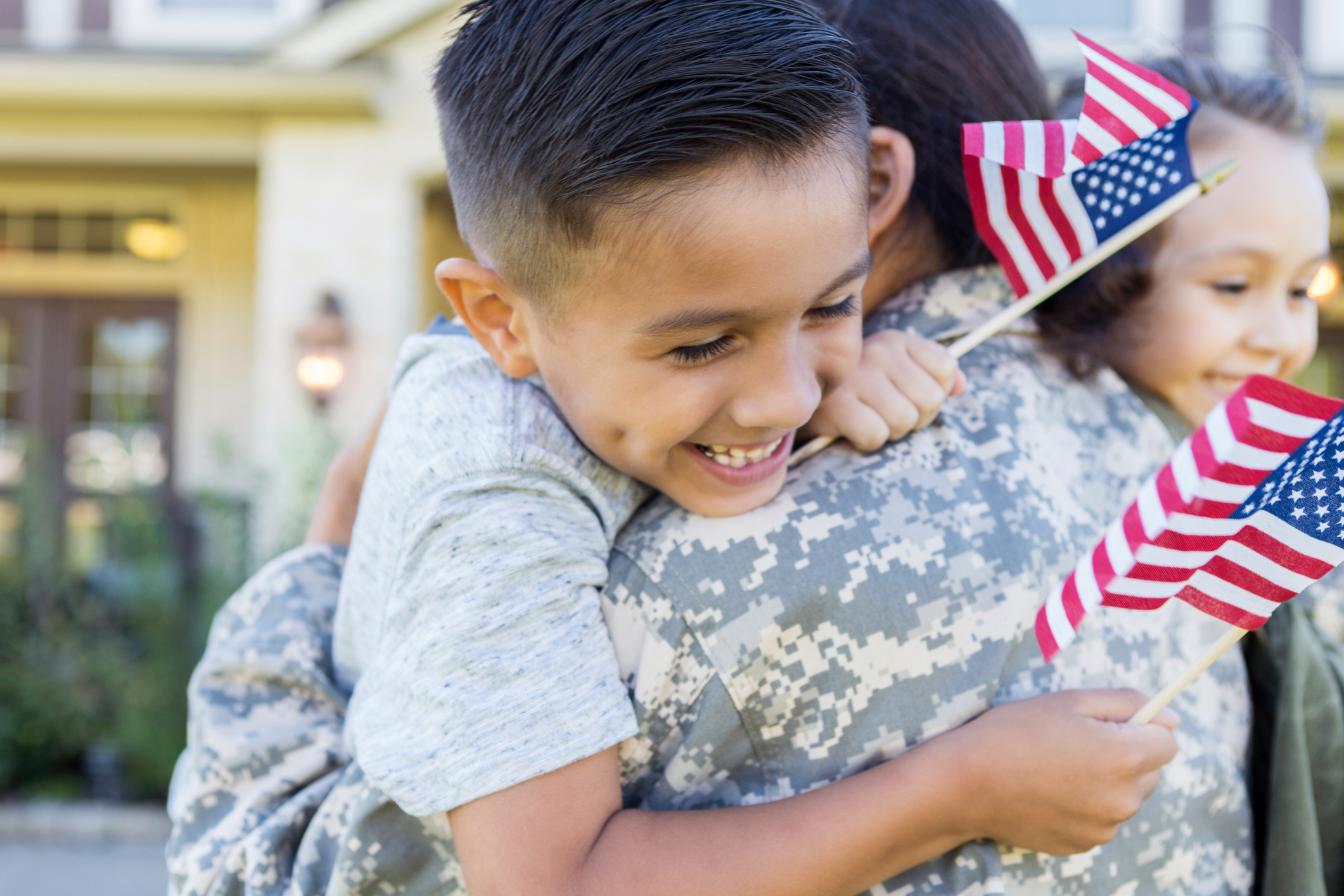
For many, Labor Day is synonymous with the end of summer and a chance to enjoy one last outdoor BBQ and maybe a parade before the weather turns and we head into fall. Some even use the holiday to mark the antiquated fashion rule that you must put away all your white clothing and can't wear it again until Memorial Day the following May. But Labor Day has nothing to do with the end of summer or any silly fashion rules. It's all about the labor movement and the price many workers and activists paid to fight for rights that US workers now have. It's important for our children to know this history and for us to revisit it as well because, let's face it, the mistreatment of workers hasn't disappeared, and advocating for workers' rights continues to be very important.
More from MamásLatinas: Why having a dog is good for your mental health
But how can we teach something we're not clear on ourselves? By doing a little research and reminding ourselves of history we may have learned but no longer remember. Like how the Industrial Revolution in the late 18th and early 19th centuries created many jobs, but those jobs did not come with any guaranteed rights for the workers, and conditions could be appalling. That means employees could be required to work 12-hour days, seven days a week. And let's not forget that even young children were put to work under conditions that were appalling and unhealthy, to say the least. Here's how you can teach your kids the true meaning of Labor Day, and you can still enjoy a cookout and parade!
Start by explaining how the Industrial Revolution led to the labor movement.
Innovations in technology created manufacturing jobs. People moved to cities to get those jobs. They were paid low wages and expected to work long hours. Workers, sick of being mistreated, created labor unions to fight for better working conditions.
Labor unions advocated for 8-hour workdays.
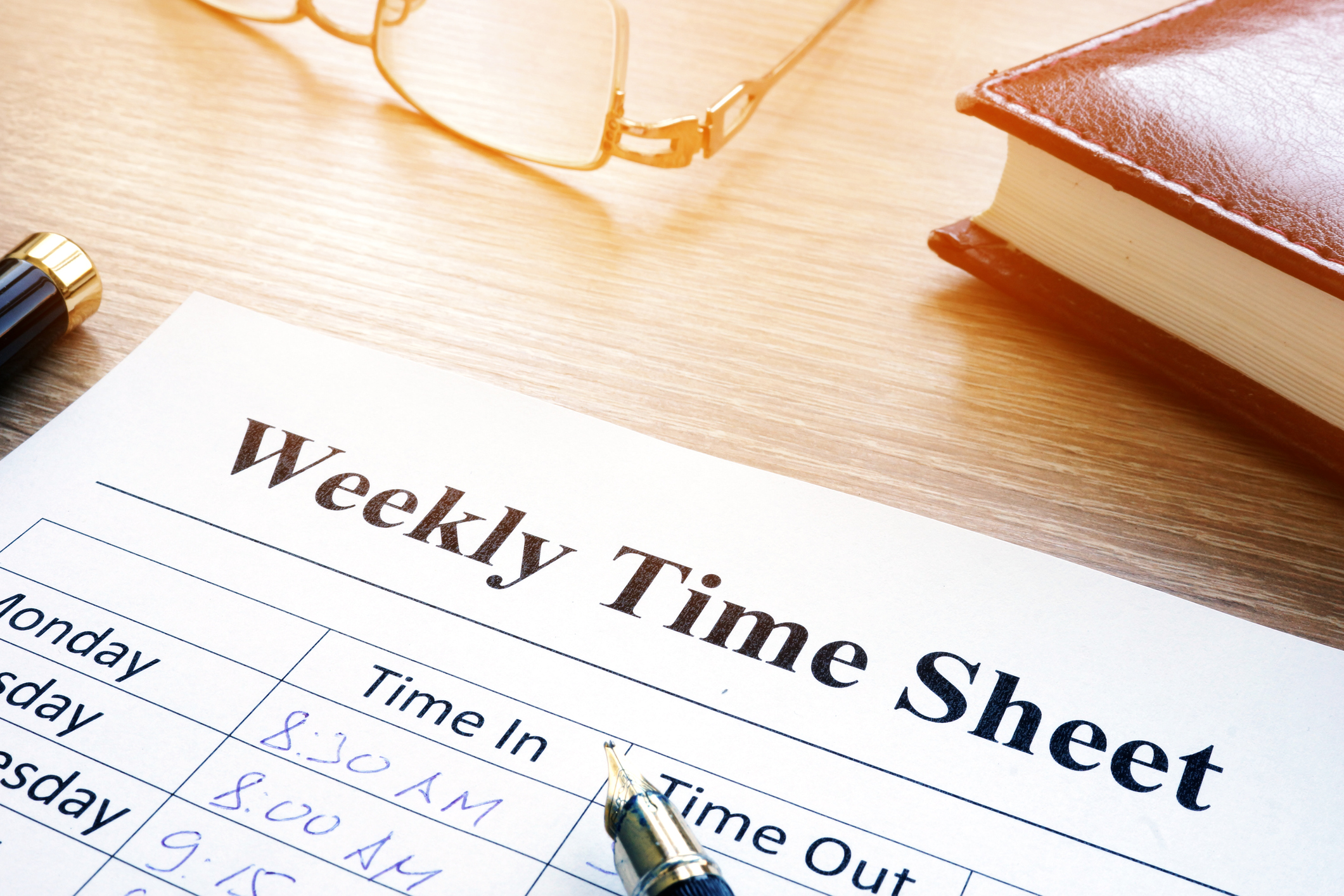
Nowadays, thanks to the work of labor unions, US workers have eight-hour workdays, 40-hour weeks, and days off. During the 1800s, workers averaged about 100 hours of work a week and had no guaranteed days off.
In 1881, unions pushed for the end of child labor.
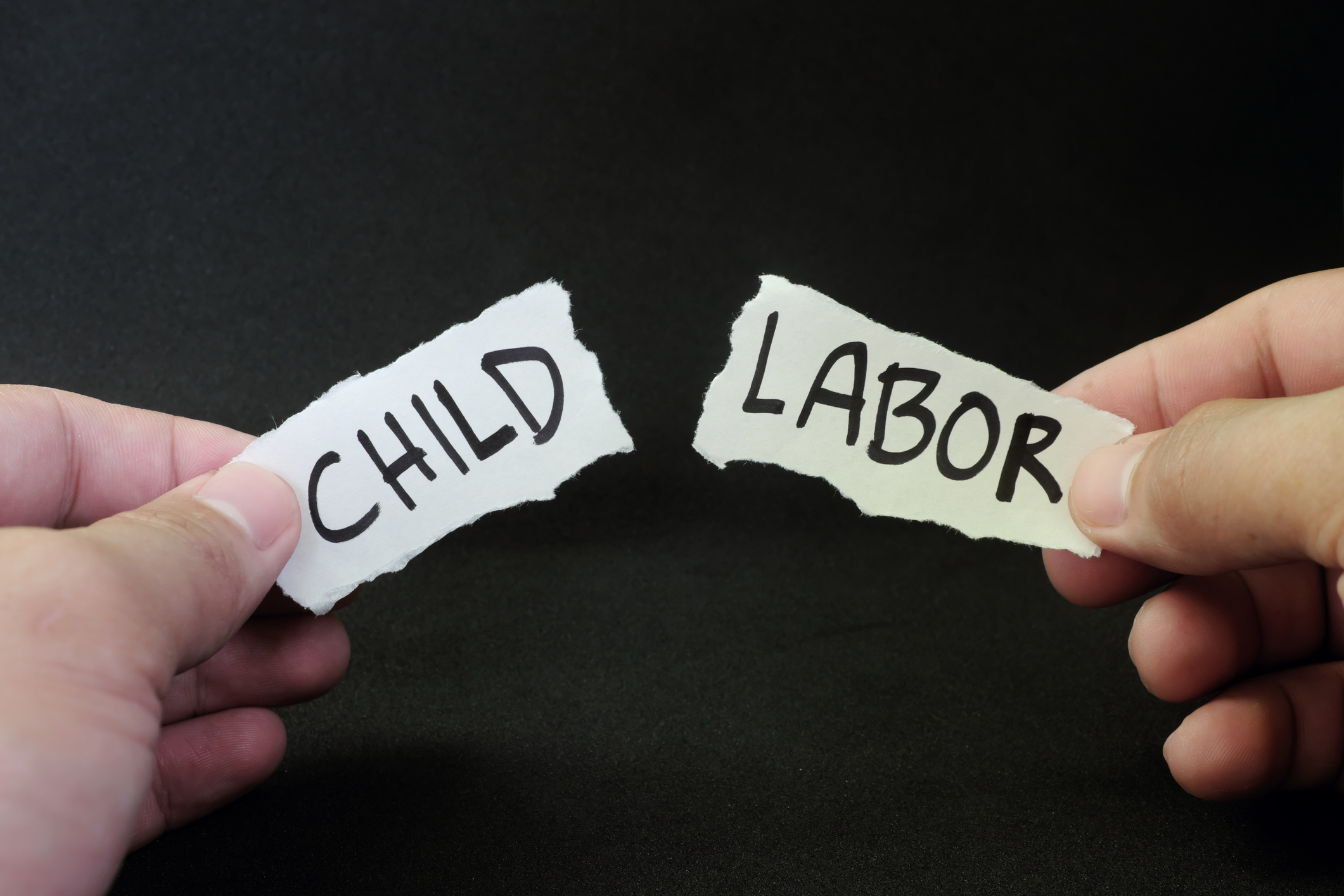
Unions asked that businesses stop hiring children under the age of 14. Finally, in 1938, Congress passed the Fair Labor Standards Act, which designated the 40-hour workweek, set minimum wage standards, established overtime pay, and regulated child labor.
It’s important to remember that people lost their lives fighting for workers' rights.

Employers didn't just say, "Ah, you're right. We should treat employees decently." No—workers protested, riots happened, blood was spilled, workers and police were killed. Of course, you'll want to find an age-appropriate way to explain this to children.
It’s because of this history that we celebrate Labor Day.
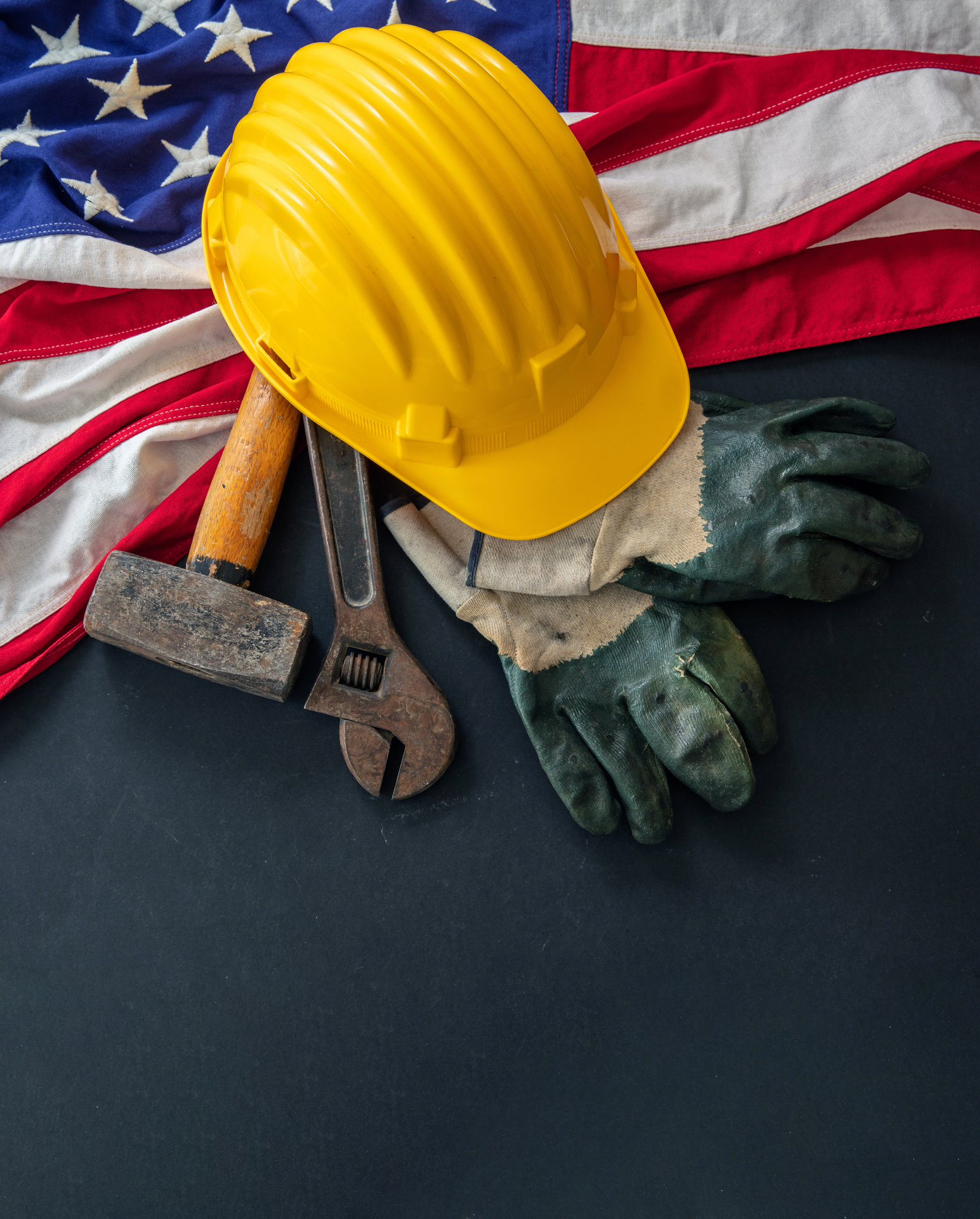
It's a way to celebrate how American workers past and present keep our nation running. It's also a way to honor those workers who came before us and fought so hard so that we could even talk about things like having a work-life balance.
Labor Day was first celebrated on September 5, 1882, in New York City.
Before it was a state or national holiday, the Central Labor Union held the first Labor Day parade and celebration. According to a report from the New York Tribune, "The windows and roofs and even the lamp posts and awning frames were occupied by persons anxious to get a good view of the first parade in New York of workingmen of all trades united in one organization."
When was Labor Day established as a national holiday?
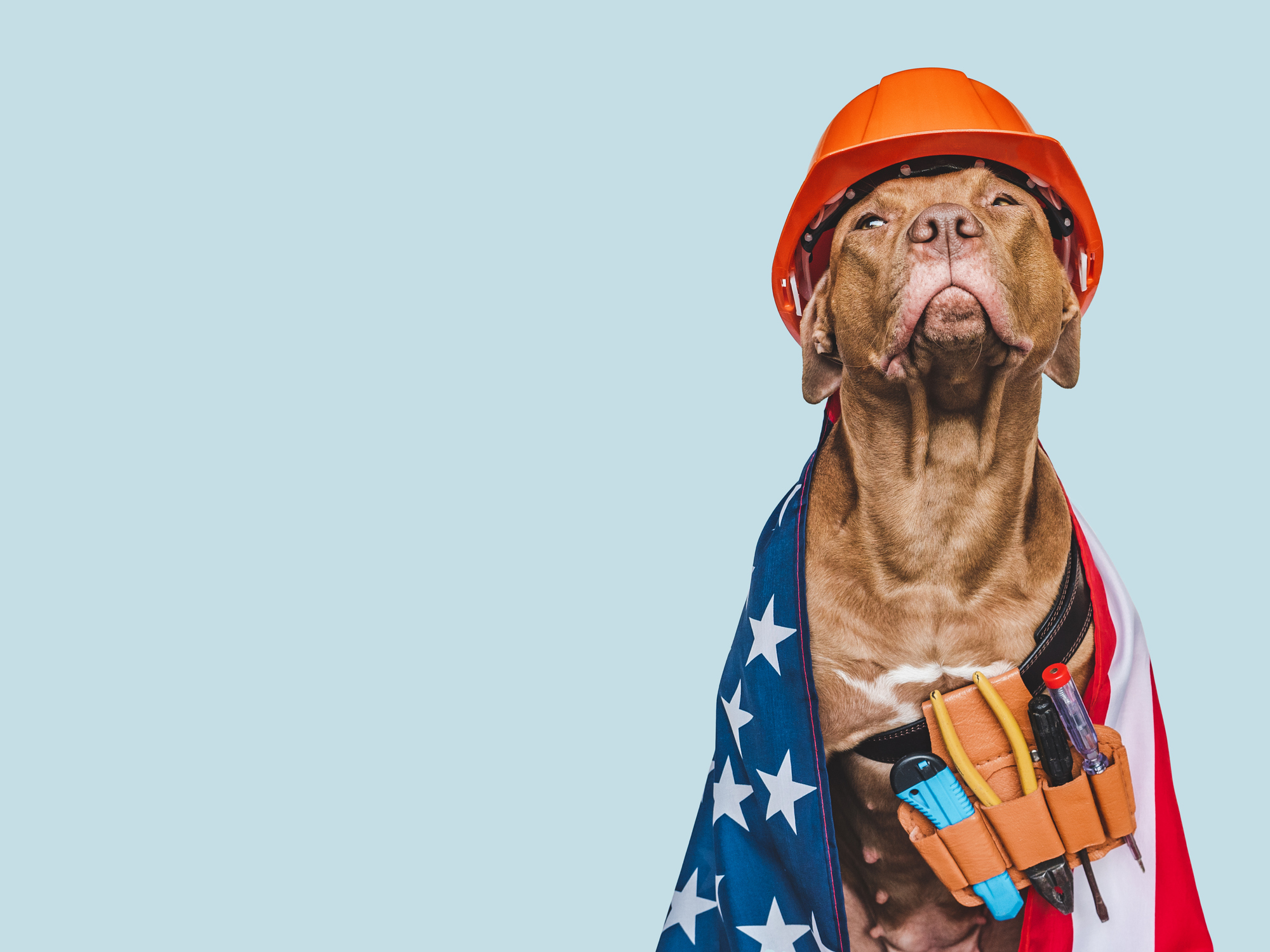
On June 28, 1894, Labor Day was declared a national holiday as a way to honor workers who had fought for their rights. Thanks to their efforts, the US government established laws guaranteeing workers a safe place to work, fair pay, and time off.
You might want to explain what a national holiday is, too.
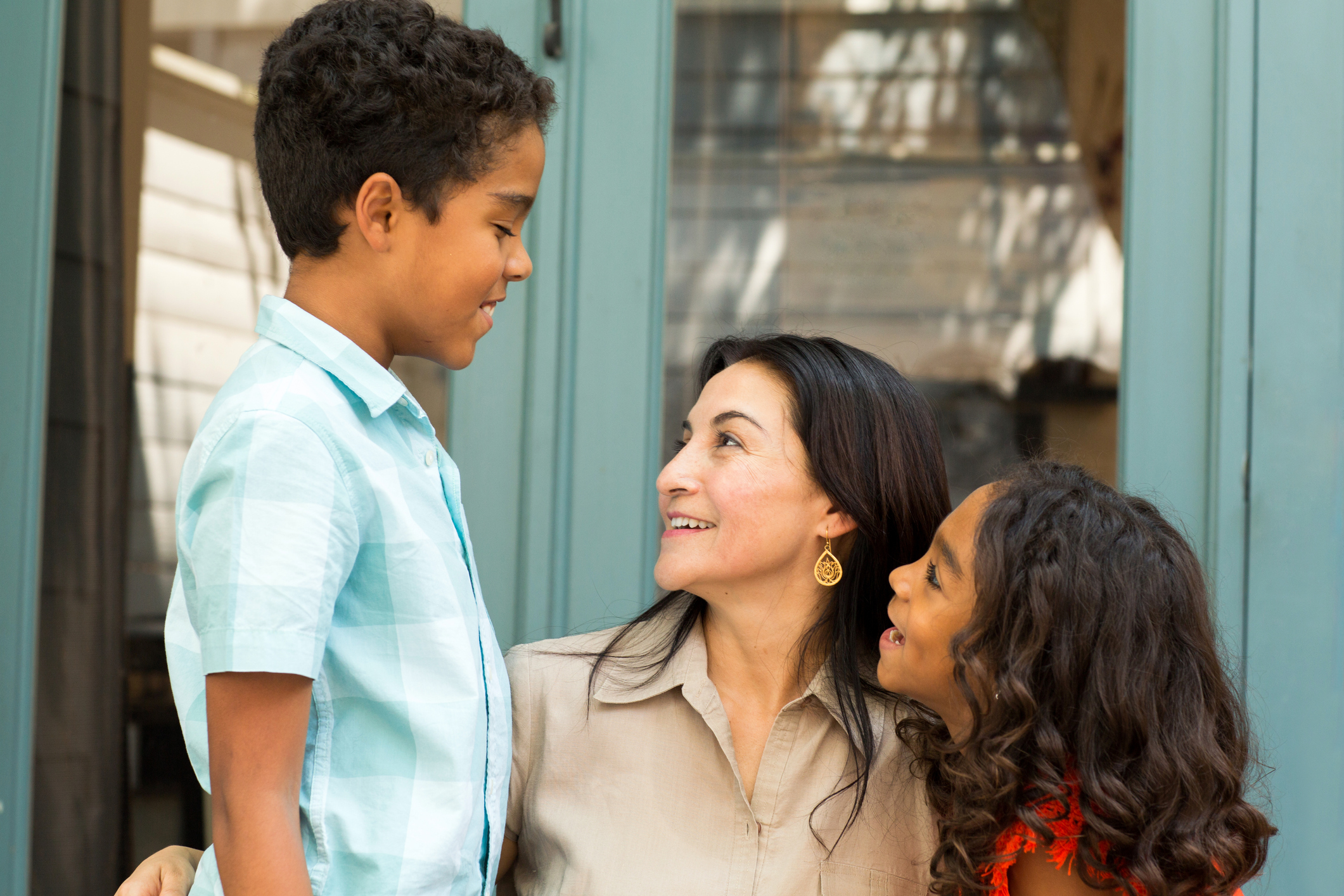
Sometimes as adults, we forget that kids might not know what something like a national holiday is in the first place. If your children are young, let them know that a national holiday is a holiday that is celebrated throughout the nation as opposed to just being celebrated within a state.
Talk about how Labor Day was celebrated even before it was a national holiday.
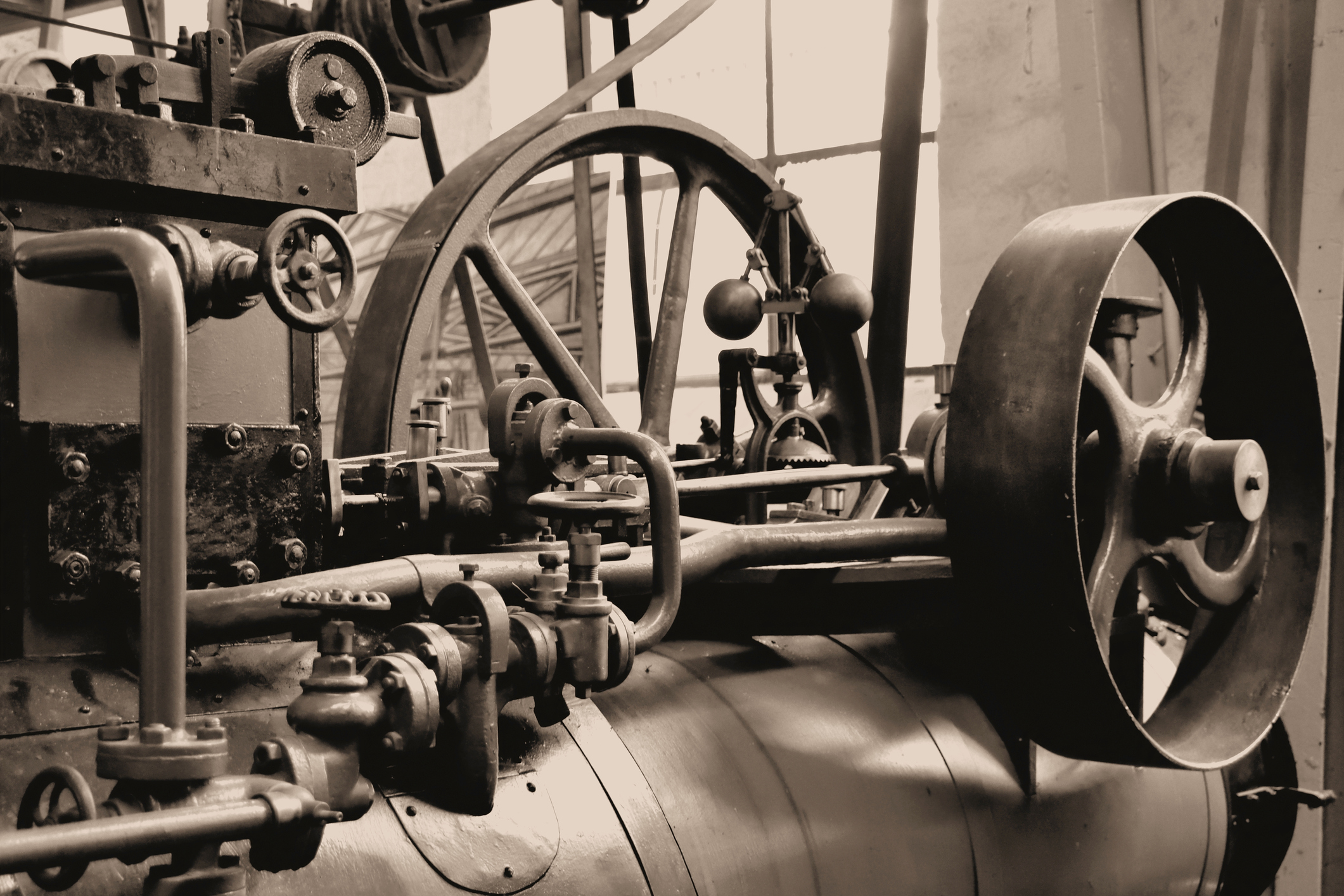
Before the government designated the first Monday in September as Labor Day, labor activists and individual states had already been celebrating the holiday. The first state to pass a law recognizing the holiday was Oregon on February 21, 1887.
Visit the US Department of Labor website.
There is a page dedicated to the history of Labor Day. You'll learn all about the late-19th-century movement by labor activists to push "for a federal holiday to recognize the many contributions workers have made to America's strength, prosperity, and well-being."
Find age-appropriate videos you can watch together.
They don't have to be long. This PBS Kids short video explaining the basics of Labor Day is a perfect way to share a bit of the history of the holiday with the whole family. It's quick and easy to digest, even for young children.

